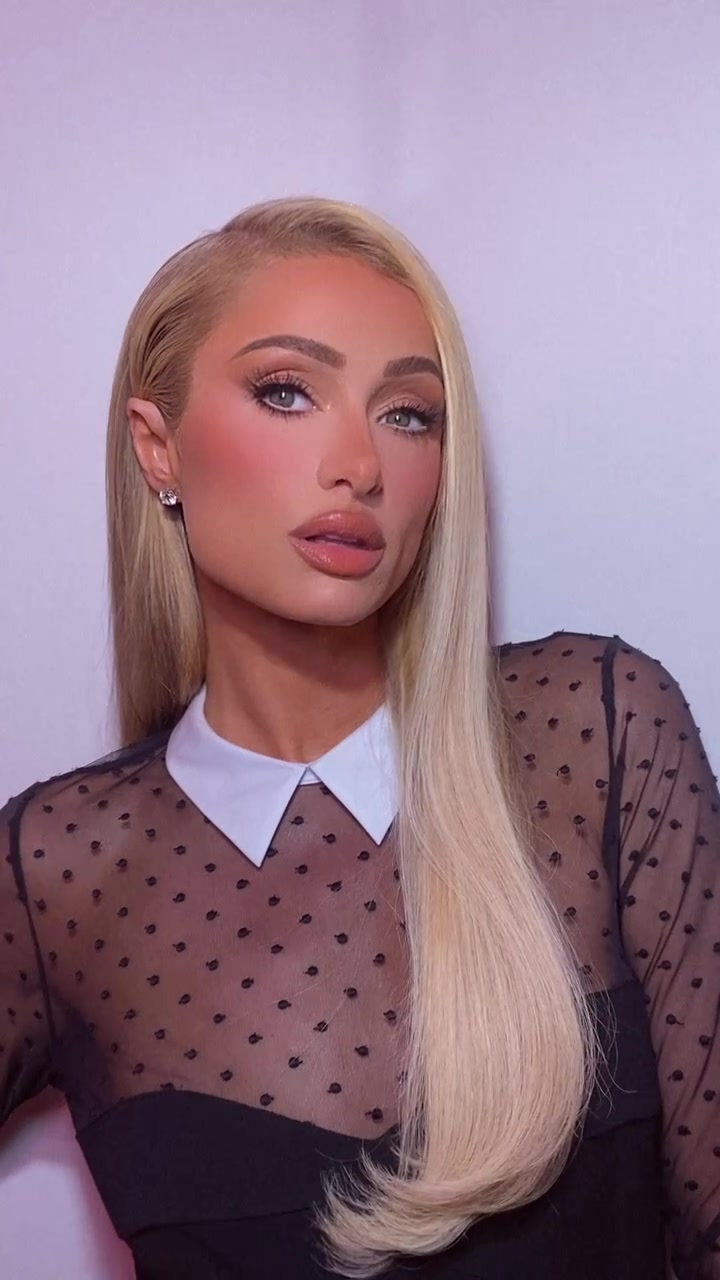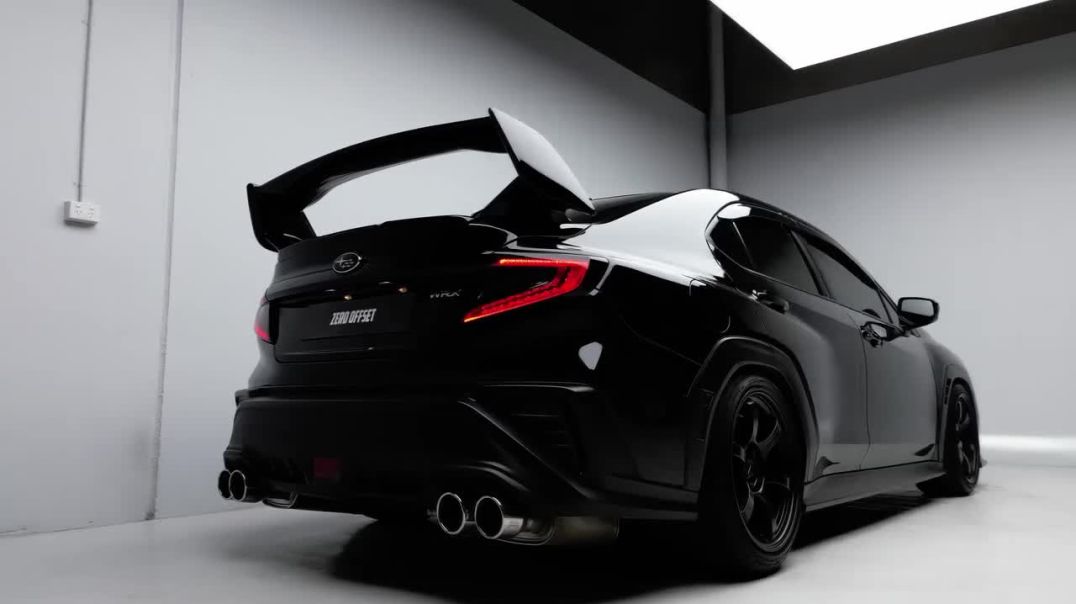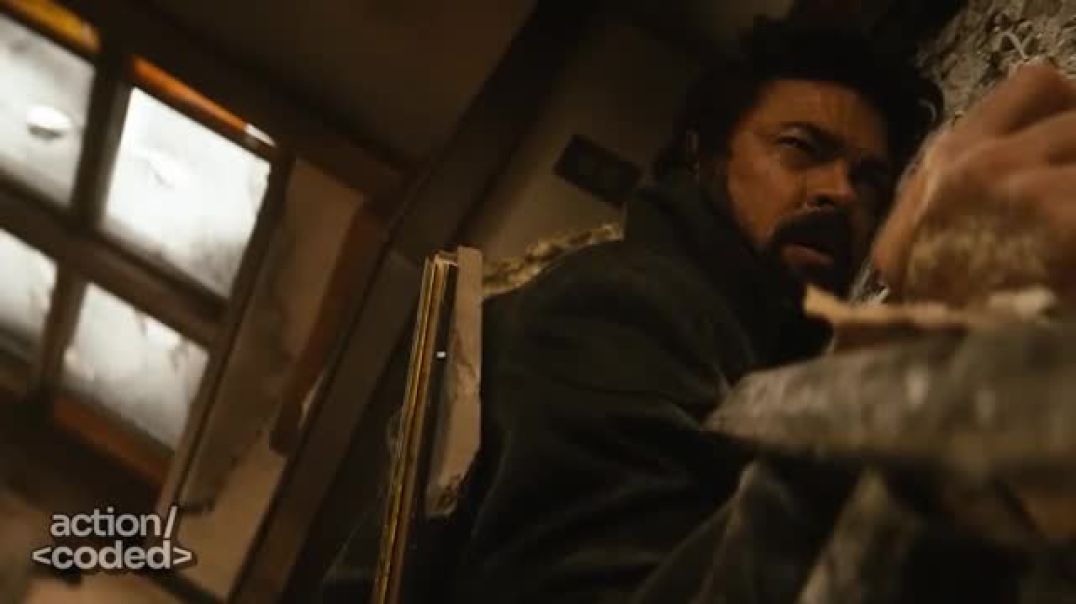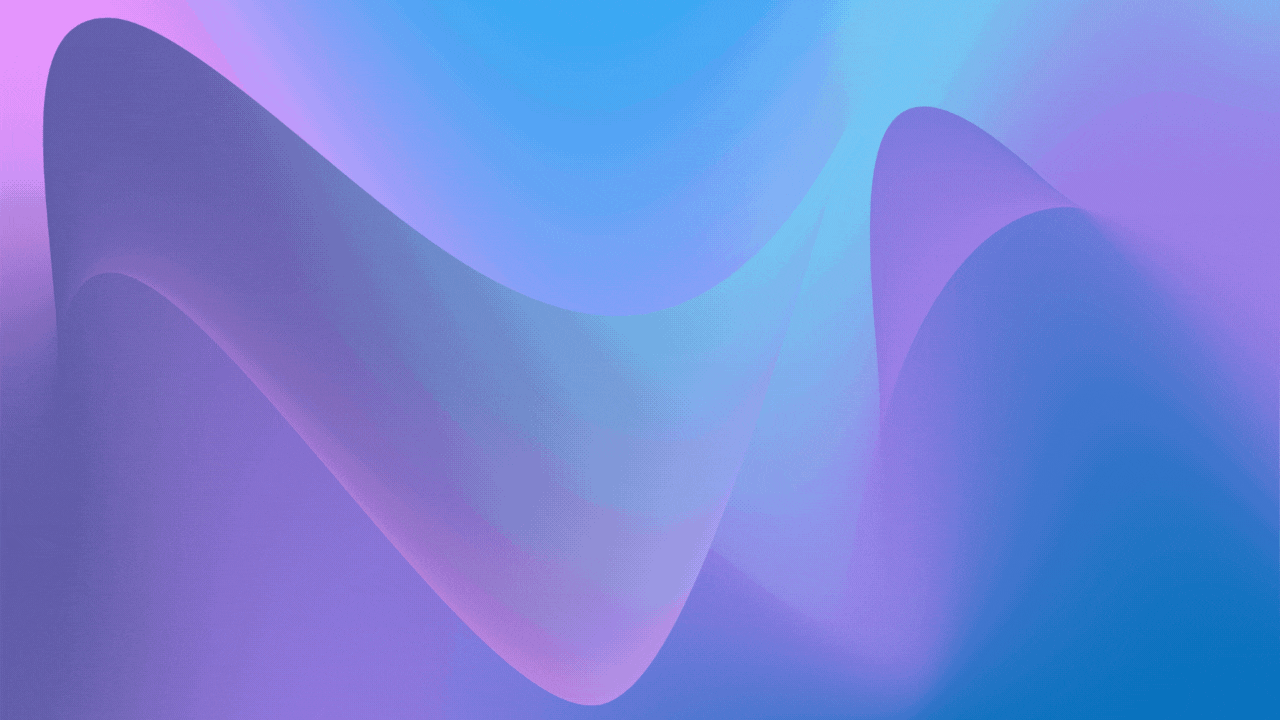1715 Views· 15 November 2022
🇧🇷 PORTO ALEGRE | Southern Brazil 2022 【 4K UHD 】
Farroupilha Park, better known as Parque da Redenção or simply as Redenção, is the most traditional and popular park in the Brazilian city of Porto Alegre, capital of the state of Rio Grande do Sul.
Visited by many people from Porto Alegre during their leisure time, whether to practice sports, sunbathe or socialize drinking mate with family and friends.
STORY
The place where the park is today was the so-called Várzea do Portão, a large floodplain close to the old gate of Vila de Porto Alegre. In 1807, the City Council asked the then governor of the Captaincy of São Pedro do Rio Grande do Sul to donate the Várzea to be used as a public place, as well as a concentration area for the herds of cattle brought in for local supply.
In 1826, an attempt at subdivision was prevented by the Emperor Dom Pedro I. However, later Várzea suffered several other attempts at subdivision and alteration of its primary objectives, which were always impeded by the public authorities.
During the Farroupilha Revolution (1835-1845) the area was outside the city's fortifications, and after the conflict there were several irregularities, such as fences advancing its territory and buildings, duly demolished.
In 1870, Várzea received its first official name, changing its name to Campo do Bonfim, in view of the construction of the Capela do Bonfim.
With the progress of urbanization in the surroundings, health considerations have become important. Still subject to occasional flooding, the site was also used as a hide-drying area, a meeting point for trucks and an urban garbage dump until the mid-1890s.
In 1884 its name was changed to Campos da Redenção, commemorating the early abolition of slavery in the city. In 1889, alleys were opened inside for better landscaping. In 1901 the park was landscaped and embellished on the occasion of the great State Exhibition, which led to the construction of a bullfighting circus, a horse racing track and the velodrome of União Velocipédica, structures that did not survive for a long time.
In 1914, a Plan for the Improvement and Embellishment of the Capital was drawn up, providing for the park to be divided into nine blocks. In 1927, the effective landscaping of Campos da Redenção began, with the prohibition of stopping trucks and herds in 1928. In preparation for the Farroupilha Centennial Exhibition in 1935, the entire southern part was drained, leveled and urbanized. This year its name was changed to Parque Farroupilha, which remains until today.
In 1939 the water mirror was built. The Jardim Alpino, Jardim Ocidental and Jardim Oriental corners were established in 1941. After the great flood of 1941, a corner was created that received the old French cast iron fountain, which was installed in Pereira Parobé Square, and which had previously been in the XV de Novembro Square. In 1953, the Monument to the Expeditionary was inaugurated.
Since then, the complex has not ceased to be landscaped and urbanized, but the gardens have lost other fragments to make way for gas stations and an amusement park, a mini zoo and a sports complex. Of the park's original 69 hectares, 35.7 hectares remain today, with 45 monuments inside. On Sundays, the traditional Brique da Redenção is held in the park, with numerous stalls selling handicrafts, food and antiques. Parque Farroupilha was listed on January 3, 1997 by the municipality of Porto Alegre. The place is commonly a stage for popular demonstrations.
Saturday, 01:40 p.m.
July 30, 2022
00:38 Brique da Redenção
12:47 Blue Jazz Brasil Festival
SUBSCRIBE TO THE CHANNEL!
BE A MEMBER OF THE CHANNEL
https://www.youtube.com/channe....l/UCdgYcJTlbq3s798MP
SOCIAL MEDIA
📸 Instagram 👉 https://www.instagram.com/vortc.channel/
CHECK OUT ALL OUR VIDEOS!
https://www.youtube.com/channe....l/UCdgYcJTlbq3s798MP
.















![[SOLD] Inside THE BIGGEST & MOST EXPENSIVE Mansion in the Southern Sunshine Coast | Buderim, QLD](https://i.ytimg.com/vi/rnyOVfTZS0g/maxresdefault.jpg)













0 Comments